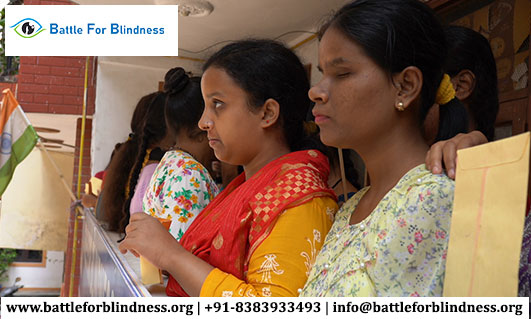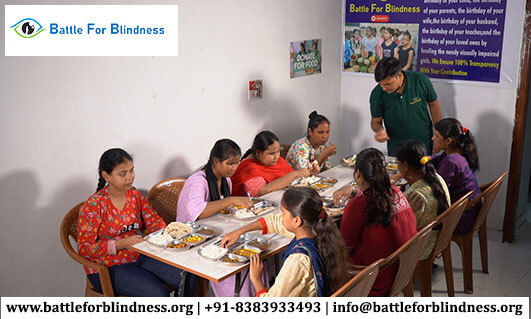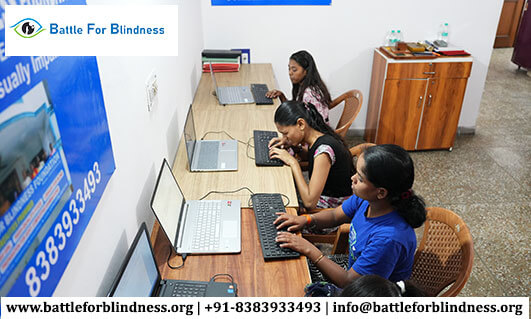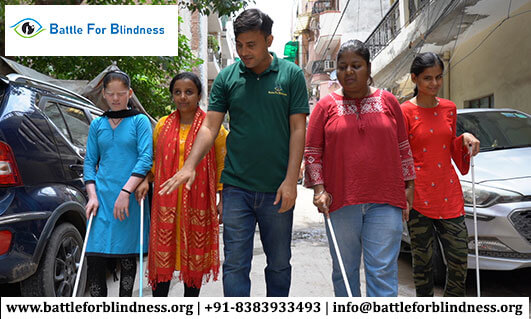
In an increasingly inclusive world, the concept of “home” must transcend traditional designs to cater to the unique needs of every individual. For the visually impaired, accessible housing is not just a luxury—it’s a necessity that ensures safety, independence, and dignity. In this blog, we explore why accessible housing is crucial for the visually impaired and how thoughtful design and technology can pave the way for inclusive living spaces.
The Need for Accessible Housing
The visually impaired often face significant challenges in navigating traditional living spaces. From hazardous layouts to inaccessible appliances, the typical home can inadvertently become a source of frustration or danger. Accessible housing addresses these challenges by incorporating features that enhance mobility, safety, and usability.
Key Challenges Faced by the Visually Impaired in Housing:
-
Poor Navigation: Unmarked obstacles and cluttered spaces can cause accidents.
-
Inaccessible Technology: Many home devices lack tactile or auditory feedback.
-
Lack of Safety Features: Absence of proper lighting and safety rails increases risks.
-
Limited Independence: Conventional designs often necessitate external assistance.
Essential Features of Accessible Housing
Creating a home for the visually impaired involves careful planning and the integration of specific features:
-
Open Floor Plans: Simplified layouts reduce the risk of tripping and facilitate navigation.
-
Tactile Markers: Braille labels and textured surfaces help identify rooms, switches, and appliances.
-
Smart Technology: Voice-activated devices, smart lighting, and talking appliances empower independence.
-
Enhanced Lighting: Adjustable, glare-free lighting improves visibility for those with partial sight.
-
Safety Enhancements: Handrails, non-slip flooring, and accessible emergency exits ensure safety.
The Role of Technology in Transforming Accessible Housing
Technology plays a pivotal role in creating smarter, safer homes for the visually impaired. Innovations like AI-powered assistants, navigation apps, and adaptive devices are revolutionizing accessibility. For example:
-
Smart Home Systems: Devices like Amazon Echo or Google Nest enable voice-controlled operation of lights, thermostats, and security systems.
-
Navigation Tools: GPS-enabled apps and indoor mapping solutions guide users through their homes and beyond.
-
Wearable Tech: Gadgets like smart glasses provide real-time assistance by identifying objects and obstacles.
Advocacy and Policy: Driving Change
Accessible housing for the visually impaired requires collective advocacy and supportive policies. Governments, NGOs, and the private sector must collaborate to:
-
Promote universal design standards in urban planning.
-
Subsidize accessible housing solutions.
-
Encourage real estate developers to incorporate inclusive features.
-
Raise awareness about the importance of accessible living spaces.
Success Stories: Inspirations from Around the World
Numerous organizations and individuals are leading the way in advocating for accessible housing:
-
Homes for the Blind (India): A nonprofit creating inclusive housing communities with sensory features.
-
Lighthouse Guild (USA): Providing comprehensive resources and housing assistance for the visually impaired.
-
Technology-Driven Housing in Japan: Using robotics and AI to enhance independent living for people with disabilities.
How You Can Help
Advocating for accessible housing starts with awareness and action:
-
Support Local Initiatives: Contribute to organizations working on accessible housing projects.
-
Educate Yourself and Others: Share resources and information to spread awareness.
-
Encourage Inclusive Practices: Urge policymakers and developers to prioritize accessibility.
Conclusion: A Vision for Inclusive Living
Accessible housing is more than a physical structure—it’s a cornerstone of independence and equality for the visually impaired. By integrating thoughtful design, innovative technology, and supportive policies, we can build a world where everyone has a place they can truly call home.
Together, let’s make “Home for All” a reality.





